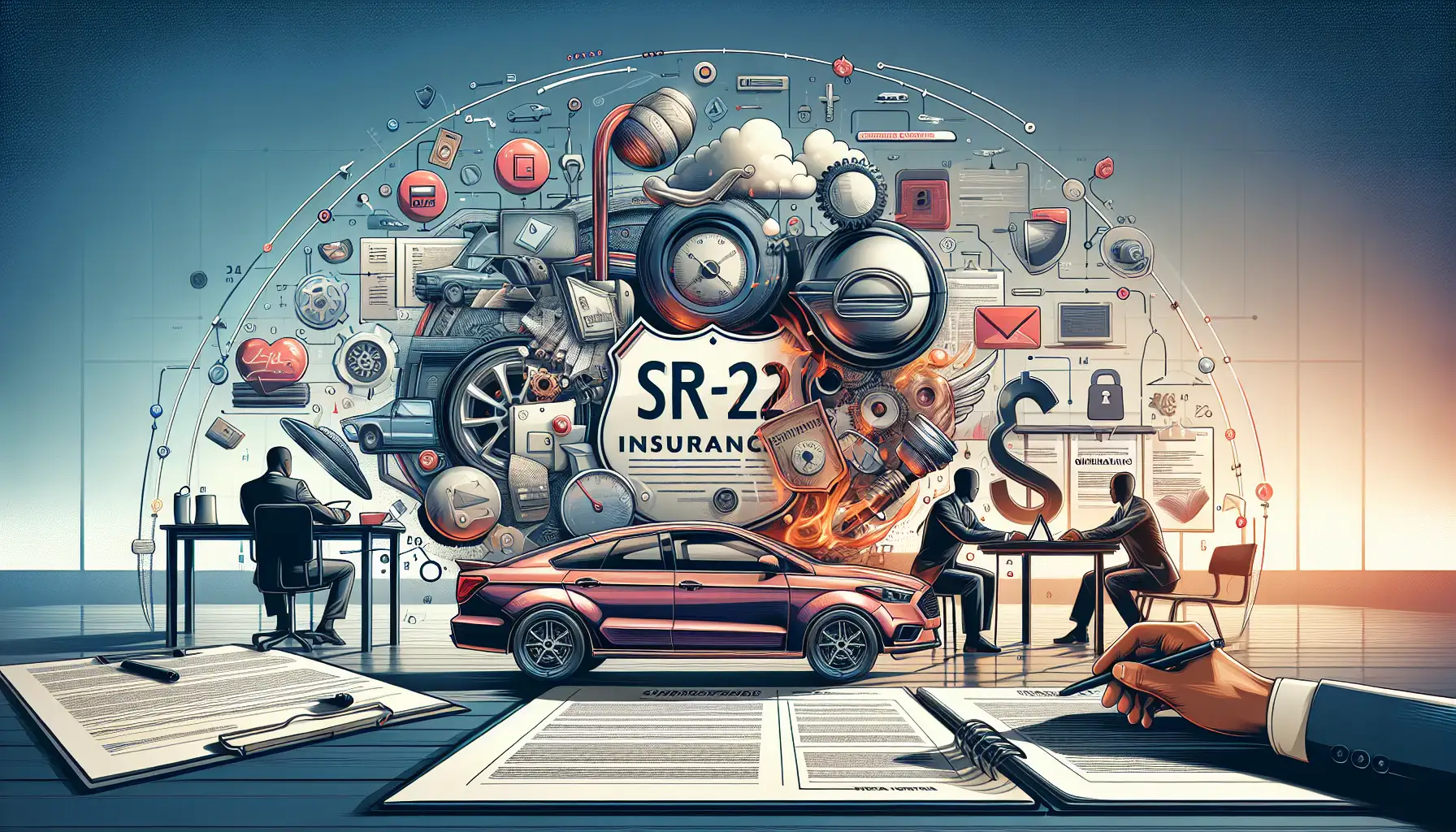Understanding SR-22 Insurance Requirements
Explaining What SR-22 Insurance Is and Who Needs It

SR-22 insurance is a term that often confuses many drivers, especially those who are new to the concept. This article aims to demystify SR-22 insurance, explaining what it is, who needs it, and how it affects your driving record and insurance premiums.
What is SR-22 Insurance?
Contrary to popular belief, SR-22 is not actually a type of insurance. Instead, it is a certificate of financial responsibility required by the state for high-risk drivers. This document is filed by your insurance company to prove that you carry the minimum required car insurance coverage.
The SR-22 form is typically required after certain driving offenses, such as DUI convictions, driving without insurance, or accumulating too many traffic violations. It serves as a guarantee to the state that you are maintaining the necessary insurance coverage.
Who Needs SR-22 Insurance?
SR-22 insurance is generally required for drivers who have been deemed high-risk by the state. Here are some common scenarios where an SR-22 might be necessary:
- Conviction for driving under the influence (DUI) or driving while intoxicated (DWI).
- Being involved in an accident while uninsured.
- Repeated traffic offenses or accumulating too many points on your driving record.
- License suspension or revocation due to serious traffic violations.
If you fall into any of these categories, your state’s Department of Motor Vehicles (DMV) will notify you of the requirement to file an SR-22.
How to Obtain SR-22 Insurance
Obtaining SR-22 insurance involves a few steps:
- Contact Your Insurance Provider: Not all insurance companies offer SR-22 filing services, so you may need to shop around. Inform your current insurer about your need for an SR-22.
- Pay the Filing Fee: There is usually a small fee associated with filing an SR-22, which varies by state and insurer.
- Maintain Coverage: Once filed, you must maintain continuous insurance coverage for the duration required by the state, typically three years.
Failure to maintain coverage can result in further penalties, including license suspension.
Impact on Insurance Premiums
Having an SR-22 requirement can significantly impact your insurance premiums. Since it indicates that you are a high-risk driver, insurers may charge higher rates to offset the increased risk. It’s important to compare quotes from different providers to find the best rate.
Additionally, maintaining a clean driving record during the SR-22 period can help reduce your premiums over time.
Duration of SR-22 Requirement
The duration for which you need to maintain an SR-22 varies by state and the nature of the offense. Typically, it ranges from one to five years. It’s crucial to adhere to the state’s requirements to avoid further legal complications.
Conclusion
Understanding SR-22 insurance requirements is essential for drivers who find themselves needing this form. By knowing what it entails, who needs it, and how to manage it, you can navigate the process more smoothly and work towards regaining your standard driving status. Always consult with your insurance provider and state DMV for specific guidance tailored to your situation.
 CarChooser
CarChooser